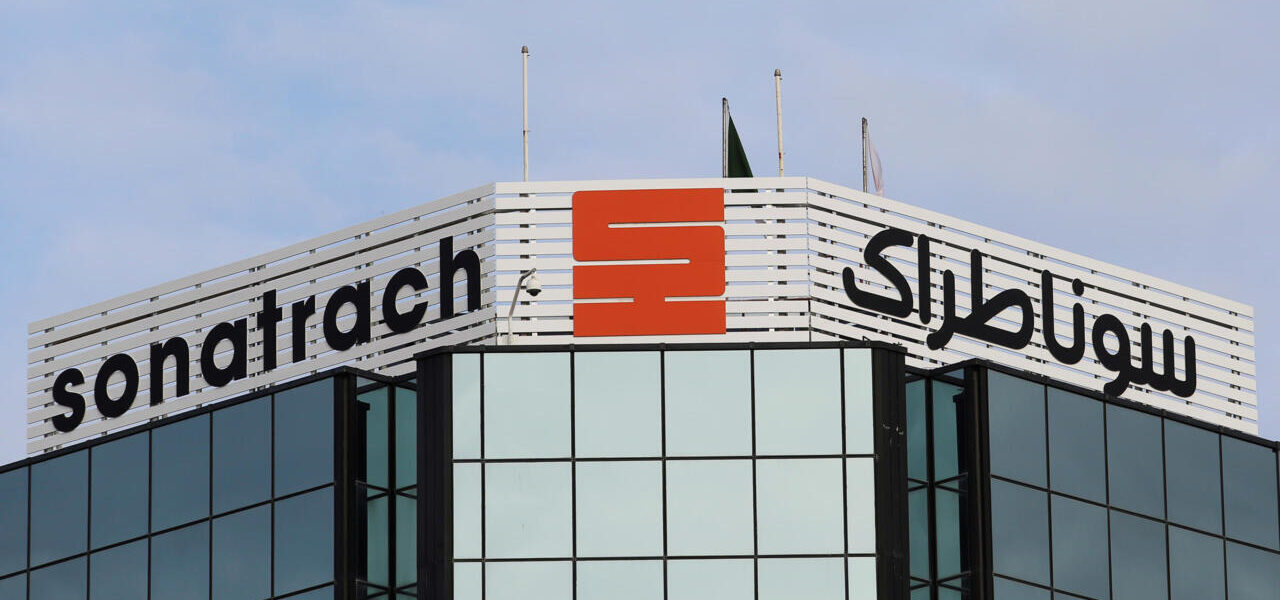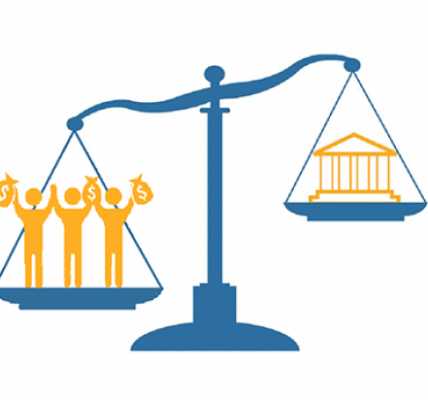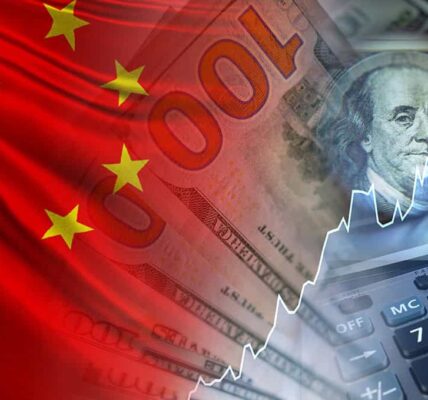Sonatrach Loses Top Spot as Spain’s Gas Supplier to U.S. Amid Changing Energy Landscape
In early 2025, a significant shift occurred in Spain’s gas supply sources. Sonatrach, the Algerian state-owned energy giant, was overtaken by the United States as the top supplier of natural gas to Spain. According to recent data from Enagas, Spain’s gas network manager, the U.S. supplied 9,258 GWh of gas in February 2025, slightly surpassing Sonatrach’s 9,188 GWh.
Factors Behind the Shift: U.S. Energy Boom and Political Changes
The shift in gas supply dynamics can be attributed to several factors, including a notable increase in U.S. oil and gas production. This surge has been driven in part by the return of Donald Trump to the U.S. presidency, which has led to policies favorable to the expansion of American energy production. Consequently, European countries, including Spain, have increasingly turned to the United States as a reliable supplier of liquefied natural gas (LNG).
As a result, gas prices in Europe have seen sharp increases. The price of 1 million Btu jumped from $1.50 in March 2024 to $4.19 in March 2025, reflecting the broader shifts in global energy markets. In this context, the U.S. has gained a competitive edge, with 36 LNG shipments arriving in Europe since January, further solidifying its position.
Algeria’s Price Adjustments and Competition with U.S. Gas
In contrast, Sonatrach has adjusted its pricing strategy, raising LNG prices by 1.6% to 7.1% in early 2025. Algerian LNG, traditionally linked to crude oil prices, faces increasing competition from American gas, which offers more flexibility in pricing due to its indexation to the Henry Hub, compared to Algeria’s reliance on the European TTF index. This pricing difference creates opportunities for reselling and optimizing LNG flows, as explained by Mehdy Touil, an expert in LNG transport.
Energy Dynamics in the Maghreb and Spain’s Renewable Shift
Another factor influencing the shift in Spain’s energy supply is the cessation of energy supplies through the Maghreb-Europe pipeline to Morocco by Algeria. This has led to a reverse flow of gas, with Spain re-exporting gas to Morocco and other countries. Despite the United States overtaking Algeria as the top supplier, Spain’s overall gas imports have decreased significantly. This is largely due to the country’s increasing reliance on renewable energy, which now supplies 56% of Spain’s energy mix.
As a result, Spain’s gas imports dropped from 31,529 MWh in February 2024 to 26,318 MWh in February 2025, highlighting the shift toward renewable sources of energy. Russia remains the third-largest gas exporter to Spain, though its role in the market has been diminished as Spain seeks diversification in its energy sources.
Conclusion: A Changing Energy Landscape in Europe
The transition of the United States to the leading gas supplier in Spain marks a significant shift in global energy dynamics. As Spain reduces its dependence on Algerian gas and increases its use of renewables, the role of LNG from the U.S. is becoming more prominent. The evolving energy policies, both in the U.S. and Europe, will continue to shape the future of natural gas imports and influence global pricing structures in the coming years.




